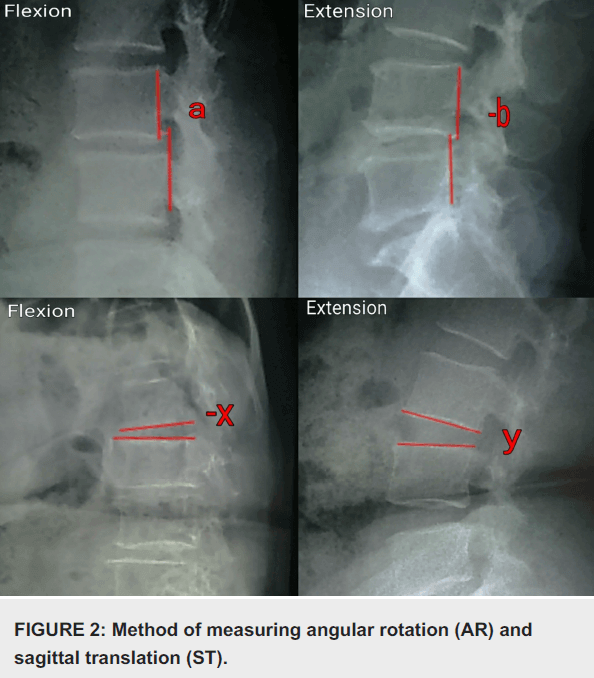Mnemonic: Remember 4 D common to all + 3 D for C-spine and 1 D for L-spine Diagnosis requires: Score >4 Denis column disruption: Anterior column destroyed or unable to function (2 points) Posterior column destroyed or unable to function (2 points) Deformity: Will have a maximum score of 4…
Category: PGMEE, MRCS, USMLE, MBBS, MD/MS
Medical knowledge in bullet points with understandable language, simplified images and graspable mnemonics.
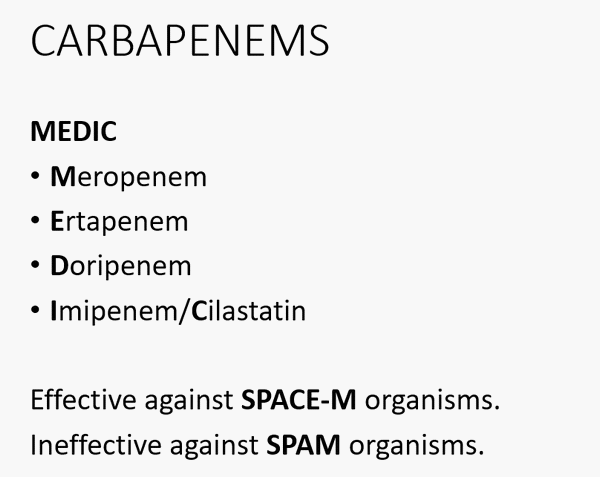
Pharmacology of Carbapenems : Mnemonics
Commonly used Carbapenems Mnemonic: MEDIC Meropenem Ertapenem Doripenem Imipenem/Cilastatin (renal dehydropeptidase I inhibitor) Besides these, there are other drugs like tebipenem (1st oral carbapenem), panipenem, tomopenem (has MRSA activity), etc. which fall under carbapenems. Coverage As the name suggests, they have carbapenems attached to beta-lactam ring which provides protection against…
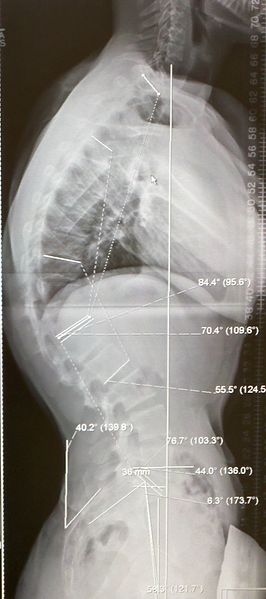
Scheurmann’s Disease : Mnemonic
Mnemonic: Remember “S” for Scheurmann Structural kyphosis (sagittal deformity) of thoracic or thoracolumbar spine Skeletally immature sons (0.4-10% of adolescents between 10-14 years; onset with prepubertal growth spurt; M:F = 2-7:1) Strong hereditary (genetic) predisposition and Several theories: Scheurmann’s vertebral epiphyseal disturbance theory Schmorl’s nodes (herniation of disc material into…

FDA Pregnancy Drug Risk Categories : Mnemonic
We have simplified the information above as following: Category A: Adequate Anthropoid (Human) studies and Absolutely safe (No risk in controlled human studies) Category B: Bounded (limited) human studies and safe in Beast (animal) studies; Better to use (No risk in other studies) Category C: Catastrophic effects in animals and…
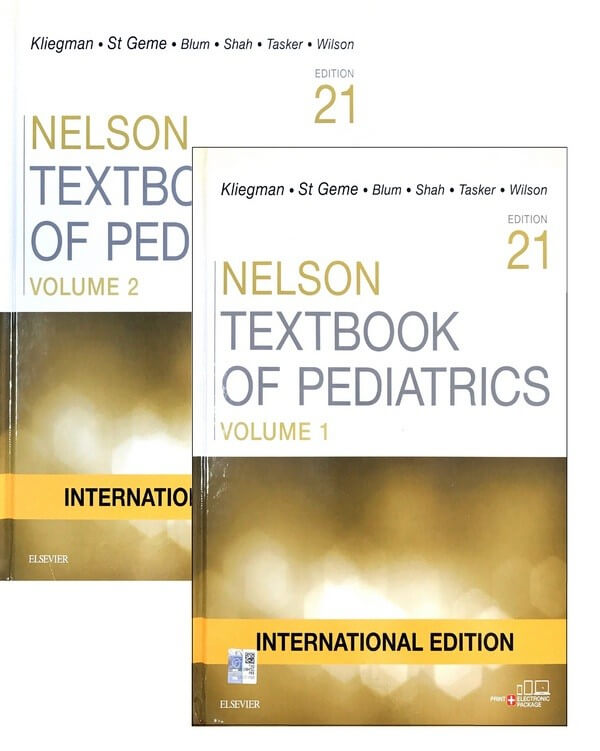
List of Textbook for Pediatric Residents
Residency in any subject in medical field is not a piece of cake. There is no limit of knowledge you need to acquire and the tougher thing is you need to acquire knowledge and skills side by side. A mastery in only one field can leave you deficient. As a…
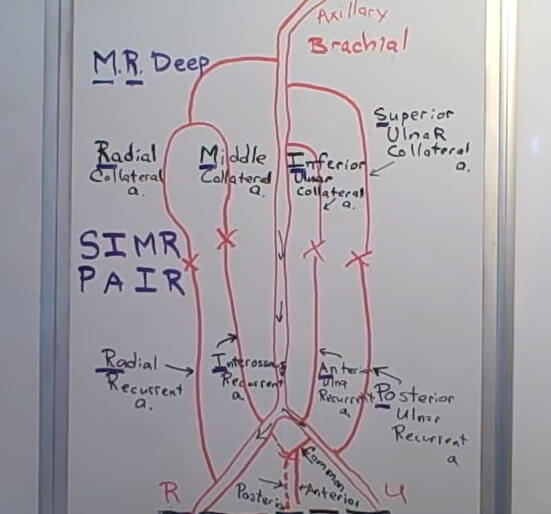
Elbow Anastomoses : Mnemonic
First things first. It is essential to understand the meaning of collateral and recurrent arteries. Recurrent arteries turn back so as to reverse direction. Collateral arteries refer to side branches of the major arteries. Mnemonic: M.R. Deep On the posterior aspect of the shaft of the humerus: Profunda brachii (Deep…
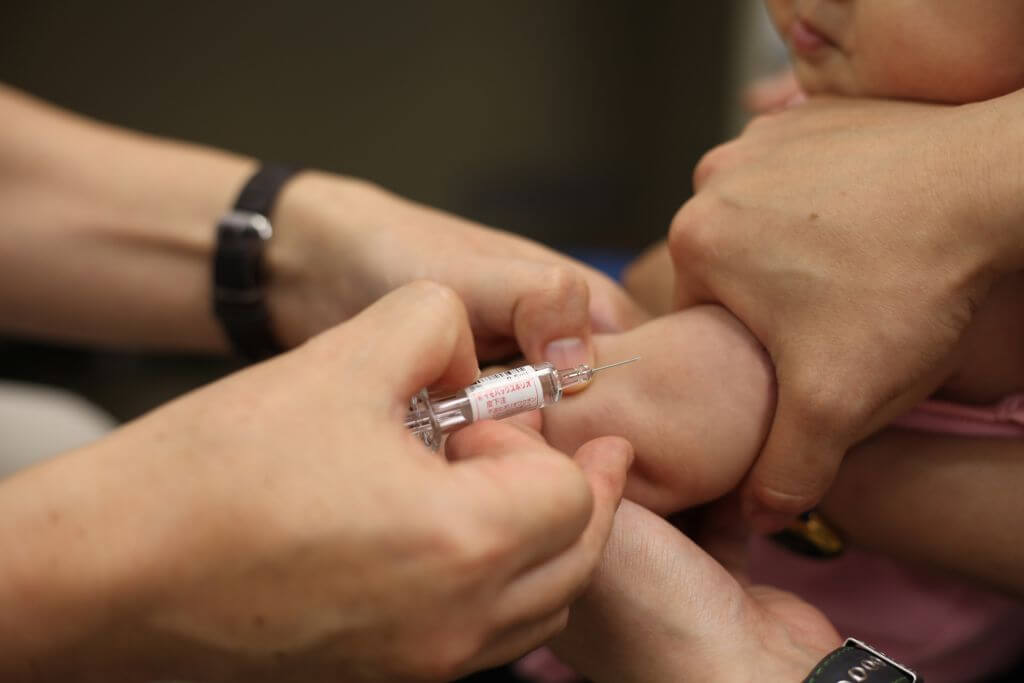
Injection site swelling after vaccination in Infants
Swelling and pain at injection site after vaccination is a frequently observed problem by parents and is often of concern to them. These type of reactions are generally observed after intramuscular vaccine and vaccine containing aluminium component. DPT as pentavalent is a frequent vaccine after which infants develop swelling. Types…
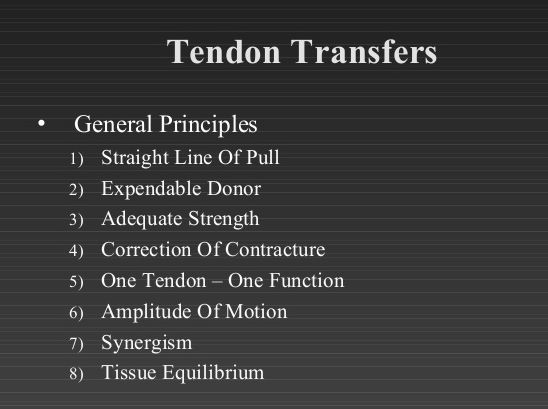
Tendon Transfer Principles : Mnemonic
Tendon transfer is the use of the power of a functioning muscle unit to activate a non-functioning nerve/muscle/tendon unit. The transferred tendon remains attached to its parent muscle with an intact neurovascular pedicle. Mnemonic: SEACOAST-1 a. Synergistic: act together to produce a single composite movement (facilitate each other). e.g. b….
